Purpose
- U.S. Antibiotic Awareness Week (USAAW), every November 18-24, raises awareness of the importance of appropriate antibiotic and antifungal use and the threat antimicrobial resistance (AR) poses to people, animal, plants, and their shared environment.
- CDC offers free promotional messing, graphics, events, and social media tools for USAAW each year.
- CDC's theme for USAAW 2025 is "Fighting Antimicrobial Resistance Takes All of Us."
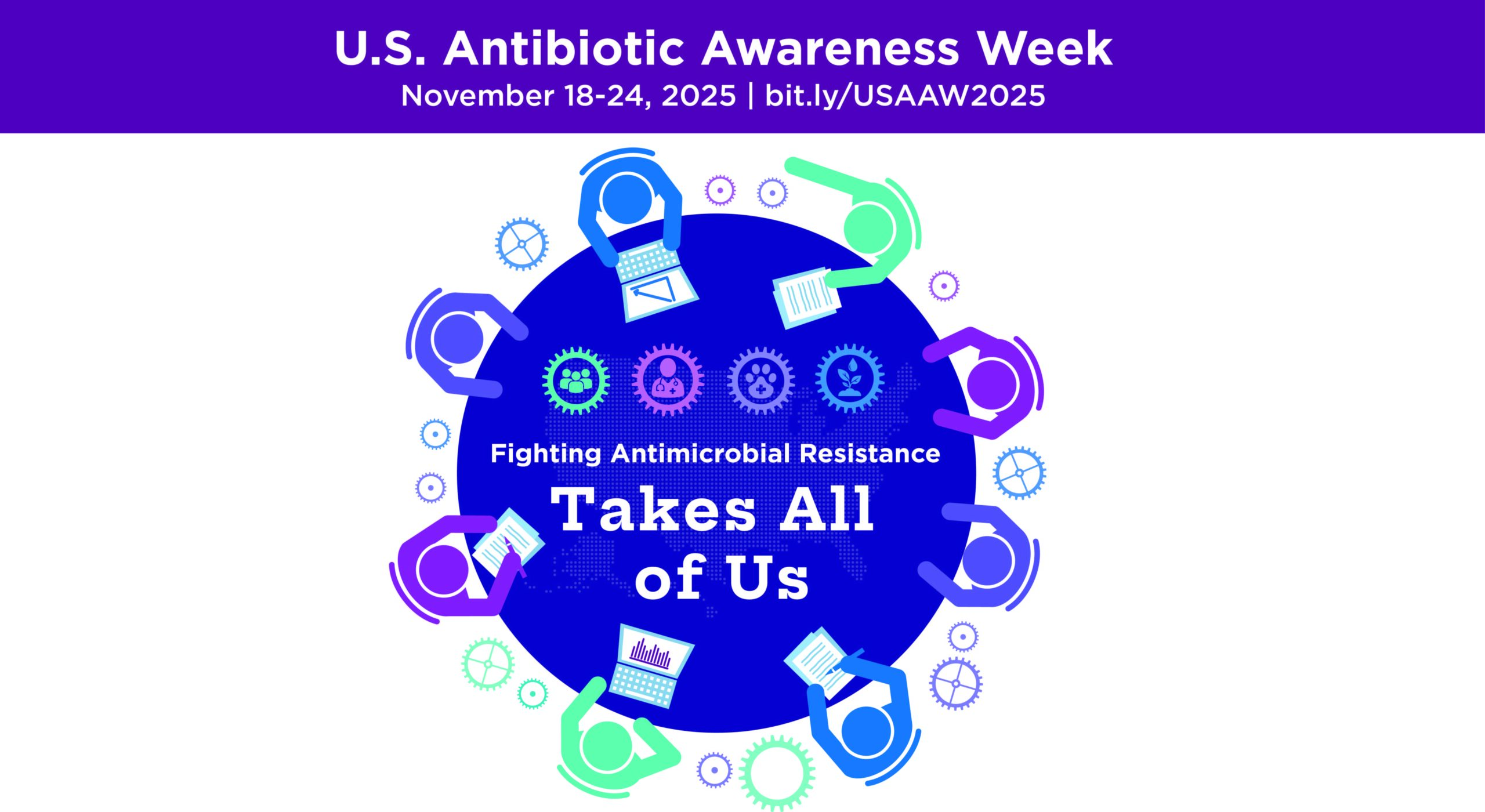
Participating in USAAW
Each year, more than 300 organizations (including U.S. federal agencies, health departments, professional societies, corporations, and patient and family representatives) join CDC to participate in U.S. Antibiotic Awareness Week (USAAW) from November 18-24.
CDC's theme for USAAW 2025 is Fighting Antimicrobial Resistance Takes All of Us. CDC champions using a One Health approach to fight antimicrobial resistance, recognizing the health of people closely connects to the health of animals, plants, and their shared environment (for example soil and water). Each day during USAAW, CDC will focus on a different theme and a variety of resources are available below to help you participate.
Go Purple for USAAW
CDC invites families, friends, organizations, and communities nationwide to shine a spotlight on antimicrobial resistance by participating in Go Purple for USAAW. To bring awareness to the role everyone has in combating antimicrobial resistance.
- Wear purple.
- Light up buildings or landmarks in purple during November 18-24. If your organization needs a specific color of purple, use Pantone 2735 C or Pantone 2725.
- Bring purple to your social media accounts using CDC graphics.
- Use other Go Purple resources to spread the word.
Go Purple for USAAW graphics
Daily messaging and activities
Get email updates
Sign up for our email newsletter below.
November 18: Fighting antimicrobial resistance takes all of us
Key messages
- Everyone has a role in fighting antimicrobial resistance.
- Working together, through a One Health approach, we must improve the global prescribing and use of antibiotic and antifungal drugs and invest in global infection prevention actions across human health, animal health, plant health, and the environment (for example soil and water) to protect the health and lives of Americans.
Sample social media post
To fight #AntimicrobialResistance (AR) we have to recognize that the health of people closely connects to the health of animals and our shared environment. Everyone plays a role in fighting AR. Learn more bit.ly/4mAMTTS.
November 19: Human health & antimicrobial resistance
Key messages
- Antibiotic and antifungal drugs are valuable tools for treating infections, but their use can contribute to antimicrobial resistance.
- Learn more about what antibiotics do and do not treat. Improving how people take antibiotics can keep them healthy from adverse events, combat antimicrobial resistance, and ensures these life-saving drugs will be available for future generations.
- Antibiotic stewards can access the latest antibiotic use and stewardship report to understand tracking of antibiotic use and stewardship implementation data to evaluate progress and improve antibiotic prescribing and use.
- COMING NOVEMBER 2025! Clinicians in health systems and other outpatient settings can read the updated outpatient core elements to enhance antibiotic stewardship efforts within their practices.
- Healthcare professionals and partner organizations can share these antibiotic stewardship resource bundles as part of their organization's USAAW promotional efforts.
Sample social media post
Antibiotic and antifungal drugs are valuable tools for treating infections, but any use can cause side effects and contribute to #AntimicrobialResistance (AR). Learn how the appropriate use of these drugs can help fight AR: bit.ly/4603t9S #USAAW25
Activity
- Webinar: Navigating the Fungal Landscape: Antifungal Stewardship in Action
- 10 a.m. MST/ noon EST
- Speaker: CDC's Dallas Smith
- Register: https://us06web.zoom.us/meeting/register/NjDo6NDLRiCX5qm7-dKbWA
November 20: Animal health & antimicrobial resistance
Key messages
- Pet owners, practice healthy habits when caring for your animals like washing your hands after touching or feeding your pet.
- Try to keep your animals and pets healthy by keeping up with their vaccines, deworming, and flea and tick control. Talk with a veterinarian about what's best for your situation.
- When your pet is sick, be sure to talk to your veterinarian about antimicrobial resistance and using antibiotics and antifungals only when needed to prevent risk to your pets.
- Veterinarians can work with animal owners and producers to slow the spread of antimicrobial resistance by ensuring appropriate prescribing and use of antibiotics and antifungals and implementing infection prevention and control strategies while providing high-quality medical care for animal patients.
- Animals carry germs in their gut, including antimicrobial-resistant germs. These germs can spread between animals and in their environments—farms, in animal markets, during transport and processing—and then to people. It's important to protect the health of animals and the people who work with them, the community, and our food supply.
- There are specific infection prevention actions livestock and poultry producers can take to fight antimicrobial resistance.
Sample social media post
DYK animals, including our pets and livestock, can carry germs that can spread and contribute to #AntimicrobialResistance (AR)? Discover the simple actions you can take to protect yourself & your pet & fight AR. bit.ly/45rwCLa #USAAW25
Activity
- Webinar: Antibiotic Stewardship in Dentistry: Trends, Best Practices, and Integration into the Daily Flow of Dentistry
- 9 a.m. MST/ 11 a.m. EST
- Speaker: CDC's Emily McDonald
- Register: https://us06web.zoom.us/meeting/register/NjDo6NDLRiCX5qm7-dKbWA
November 21: AR in agriculture & the environment
Key messages
- Human activity can contaminate the environment (for example water and soil) with antibiotics and antifungals, which can speed up the development and spread of antimicrobial resistance.
- Sometimes, people apply antibiotics and antifungals as pesticides to manage plant and crop diseases. However, using antibiotics and fungicides in agriculture can contribute to the development and spread of antimicrobial resistance in the environment, in humans, and in animals.
Sample social media post
Antibiotics and antifungals used as pesticides in agriculture can lead to contamination of the environment (e.g., water and soil). This can speed up the development and spread of #AntimicrobialResistance. Learn more: bit.ly/3HIzj1F #USAAW25
Activity
- Webinar: Cancer and AMR: A Roundtable Discussion
- Noon EST
- Speaker: CDC's Michael Craig
- Register: https://www.cidrap.umn.edu/antimicrobial-stewardship/webinar-cancer-and-amr-roundtable-discussion
November 22: One Health approach to antimicrobial resistance
Key messages
- Antimicrobial resistance can affect the health of people, animals, and the environment. One Health is an approach that recognizes the health of people closely connects to the health of animals and our shared environment.
- Everyone has a role in fighting antimicrobial resistance. Working together, using the One Health approach, we must improve the global prescribing and use of antibiotic and antifungal drugs and invest in global prevention actions across human health, animal health, plant health, and the environment (for example soil, water) to insure the health and safety of Americans.
- Our collective actions can reduce the risk of antimicrobial resistance by preventing infections from happening in the first place and improving antibiotic and antifungal prescribing and use.
Social media post
CDC takes a One Health approach to fighting #AntimicrobialResistance (AR), which requires that everyone across human, animal, and environmental health collaborate to slow its spread. Learn how we all can fight AR together. bit.ly/4mjtwyE #USAAW25
November 23: Safe travel and antimicrobial resistance
Key messages
- When traveling, it's important to know how to reduce your risk of getting an infection and spreading infections.
- Get vaccinated. Travelers should talk with a healthcare provider about what's best for their situation.
- Research travel advisories. Check for health alerts and travel advisories for your destination.
- Use antibiotics and antifungals appropriately. If needed, discuss the appropriate use of antibiotics and antifungals with your healthcare provider before you travel and only take them as prescribed.
- Keep your hands clean. Wash your hands often with soap and water, especially before eating and after using the restroom. If soap and water aren't available, use an alcohol-based hand sanitizer with at least 60% alcohol. Be cautious of food and water. Eat food that is cooked thoroughly.
- Be aware of where your drinking water comes from and how it has been treated.
- Practice safer sex. Learn effective strategies to reduce the risk of sexually transmitted infections (STIs), including using condoms the right way every time you have sex.
- CDC's Traveler's Health website provides up to date travel health notices and tips for preparing for travel.
Sample social media post
Avoiding infections when traveling can help slow the spread of antimicrobial resistance. bit.ly/3V9nDrT #USAAW25
November 24: Continuing the fight against antimicrobial resistance
Key messages
- U.S. Antibiotic Awareness Week is coming to an end, but CDC's commitment to combating the emergence and spread of antimicrobial resistance continues. Fighting antimicrobial resistance takes all of us and everyone can play a role.
- CDC is a leader in the fight against antimicrobial resistance and invests in infrastructure to detect, respond, contain, and prevent antimicrobial-resistant infections across healthcare settings, communities, the food supply, and the environment to protect the American people and save lives.
- Learn more about CDC's investments into fighting antimicrobial resistance.
- Find what actions you can take to fight antimicrobial resistance.
Sample social media post
U.S. Antibiotic Awareness Week (USAAW) is coming to an end but CDC's commitment to combating the emergence and spread of #AntimicrobialResistance (AR) continues. Fighting AR takes all of us and everyone can play a role. bit.ly/4lVnLGF #USAAW25
Promotional resources
Additional resources
Recent publications
CDC social media
Follow and interact with CDC on X (formerly Twitter) by using #USAAW25 and #AntimicrobialResistance.



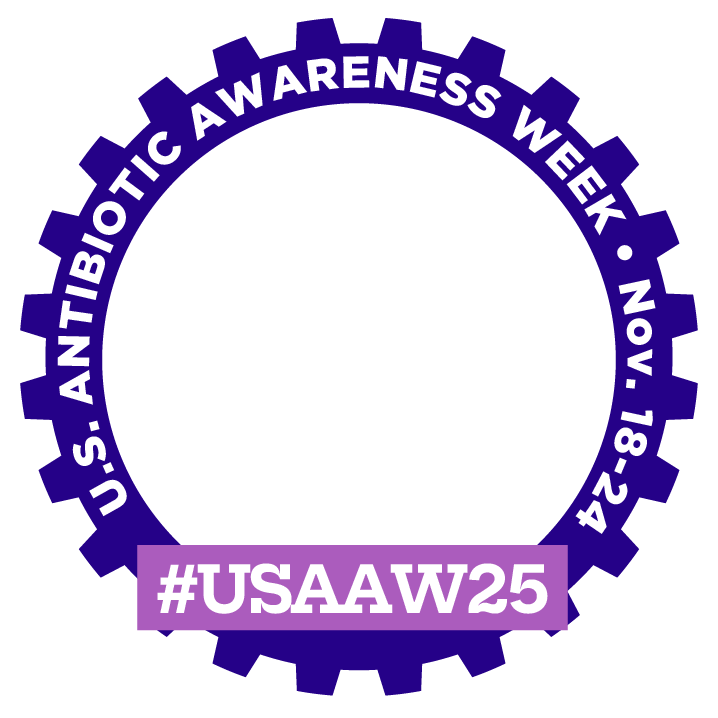
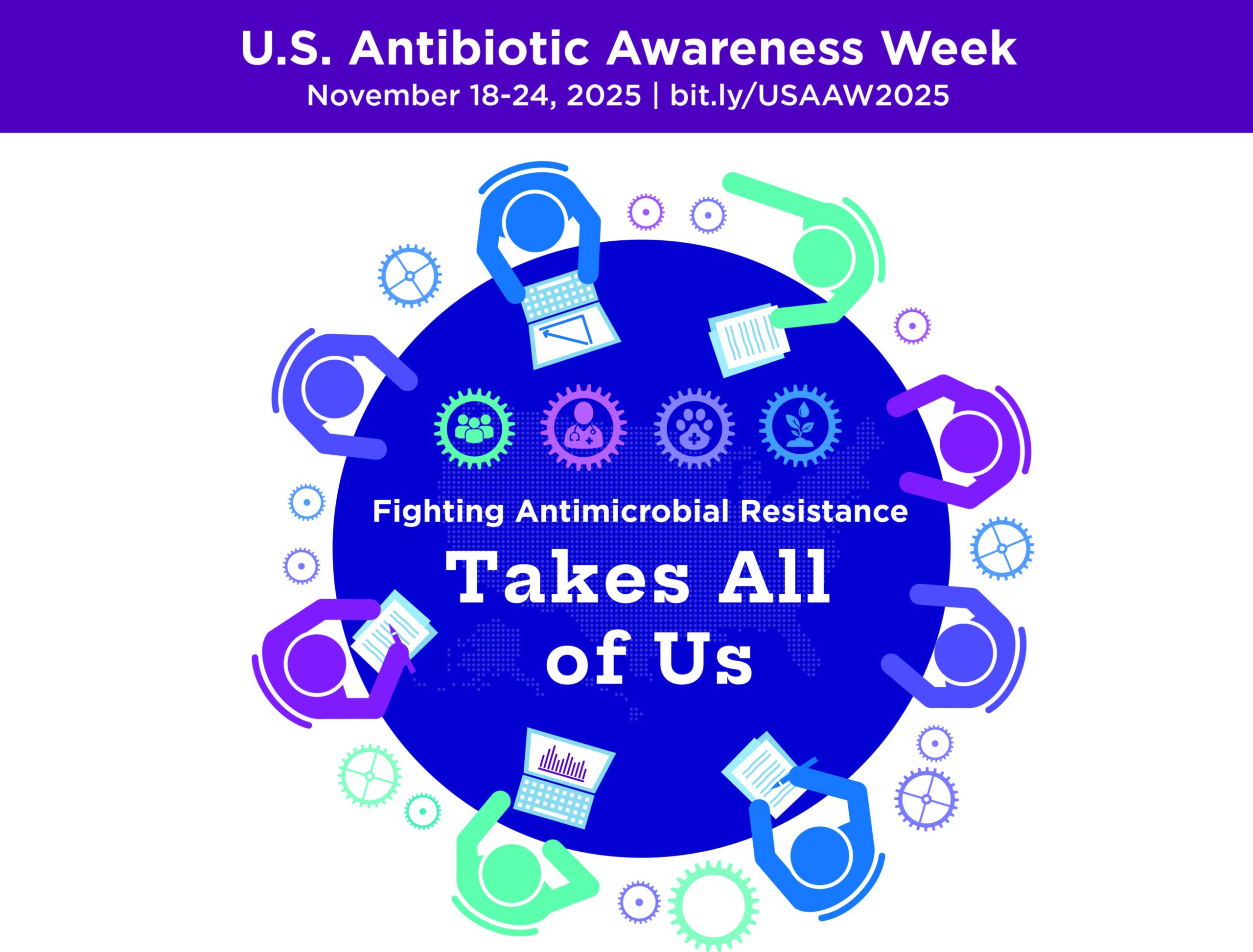
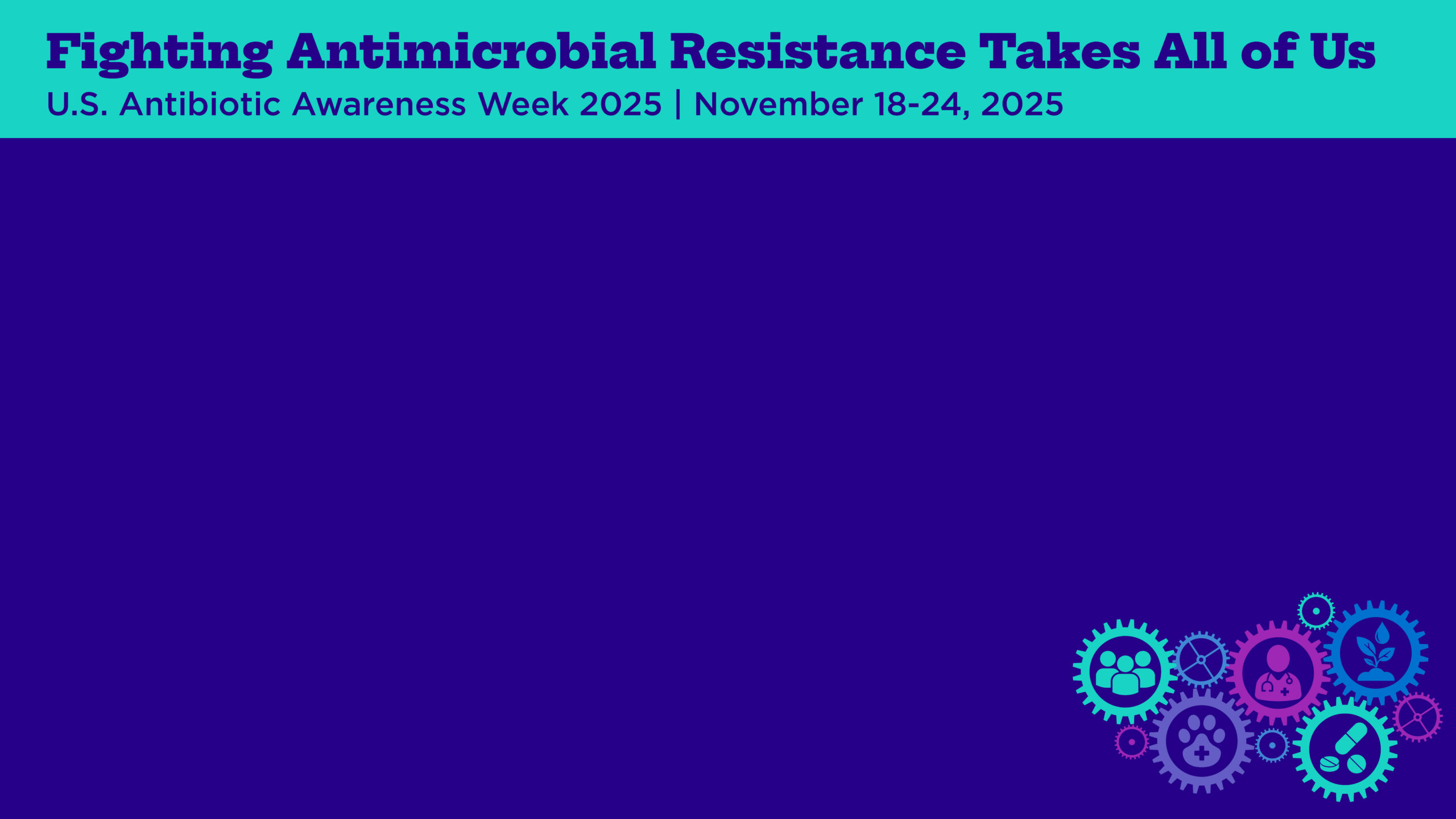
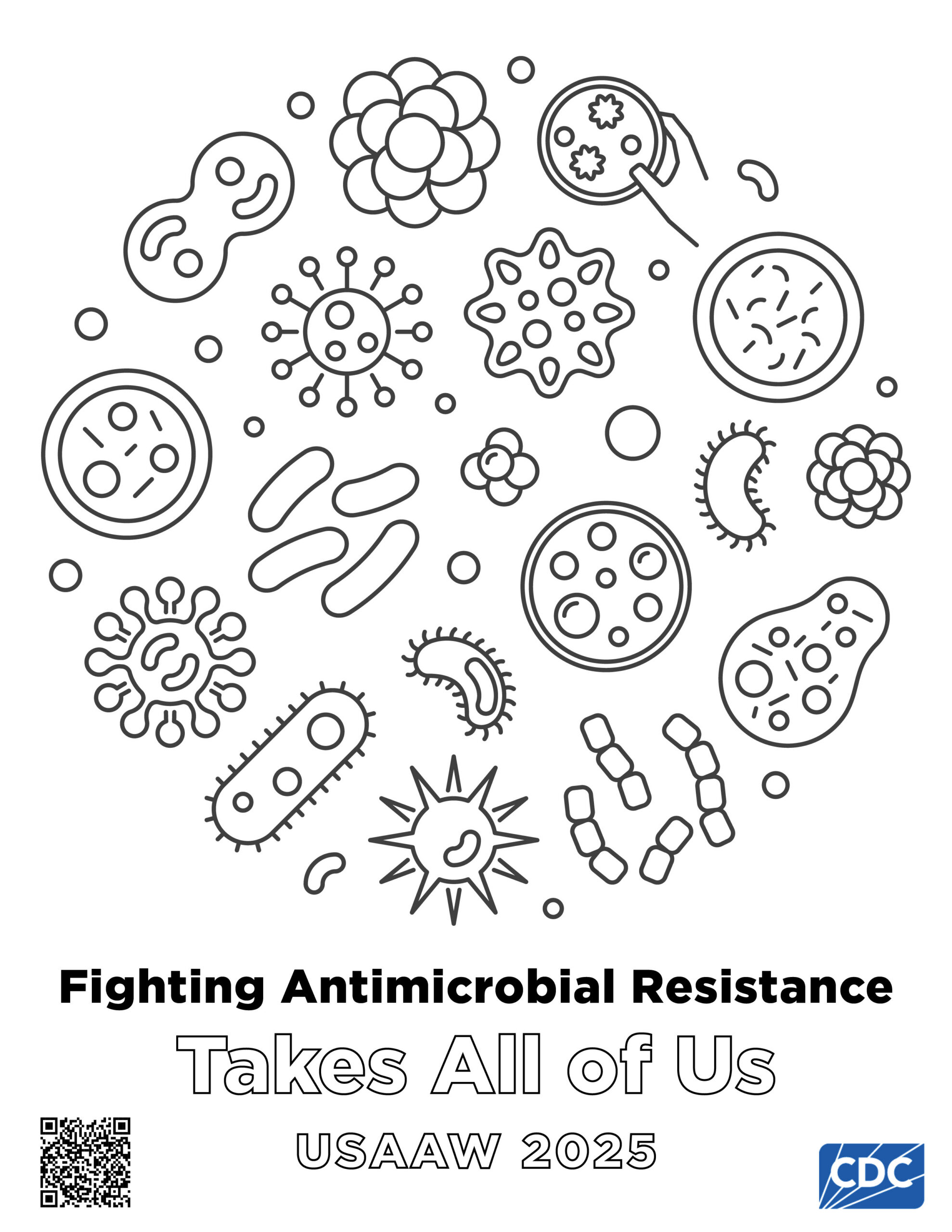
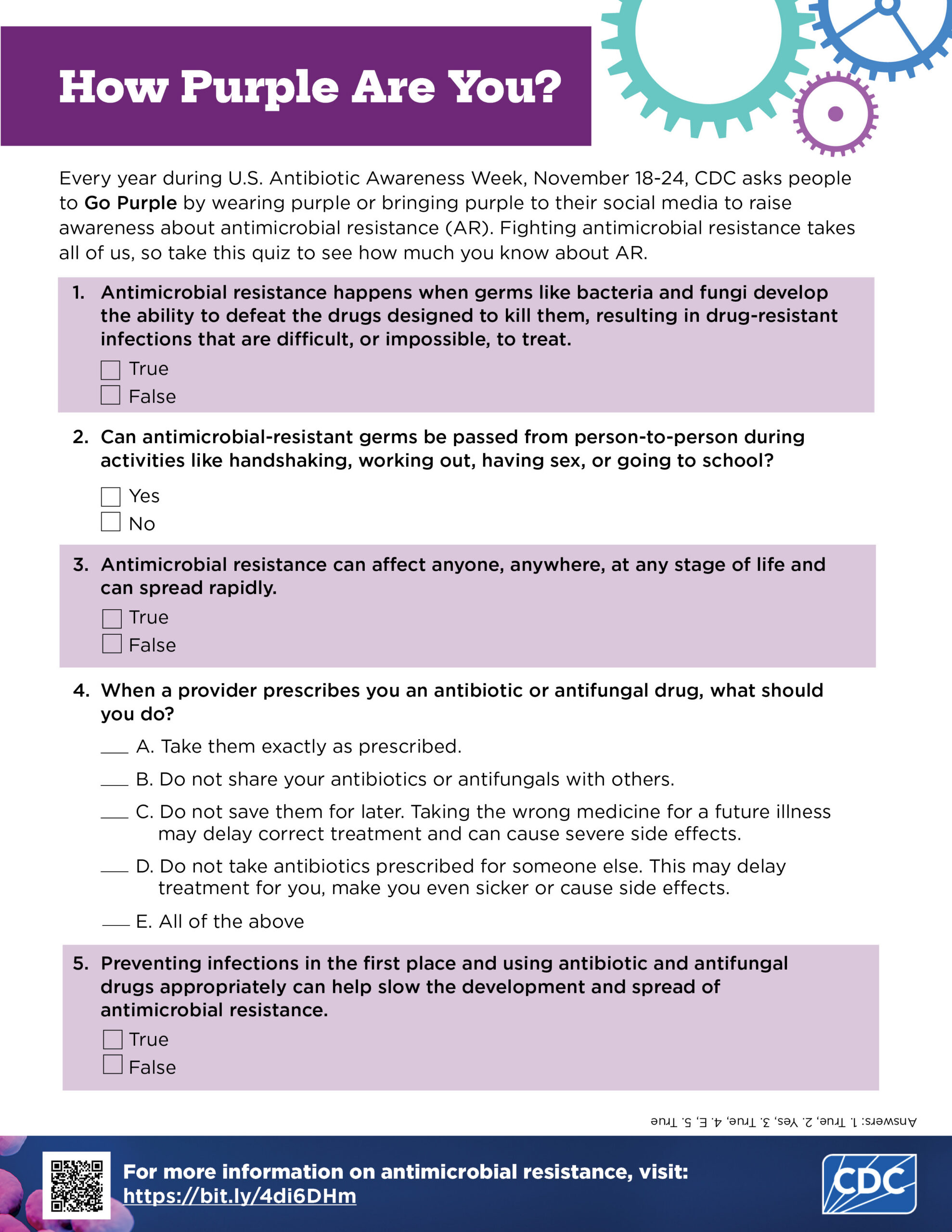
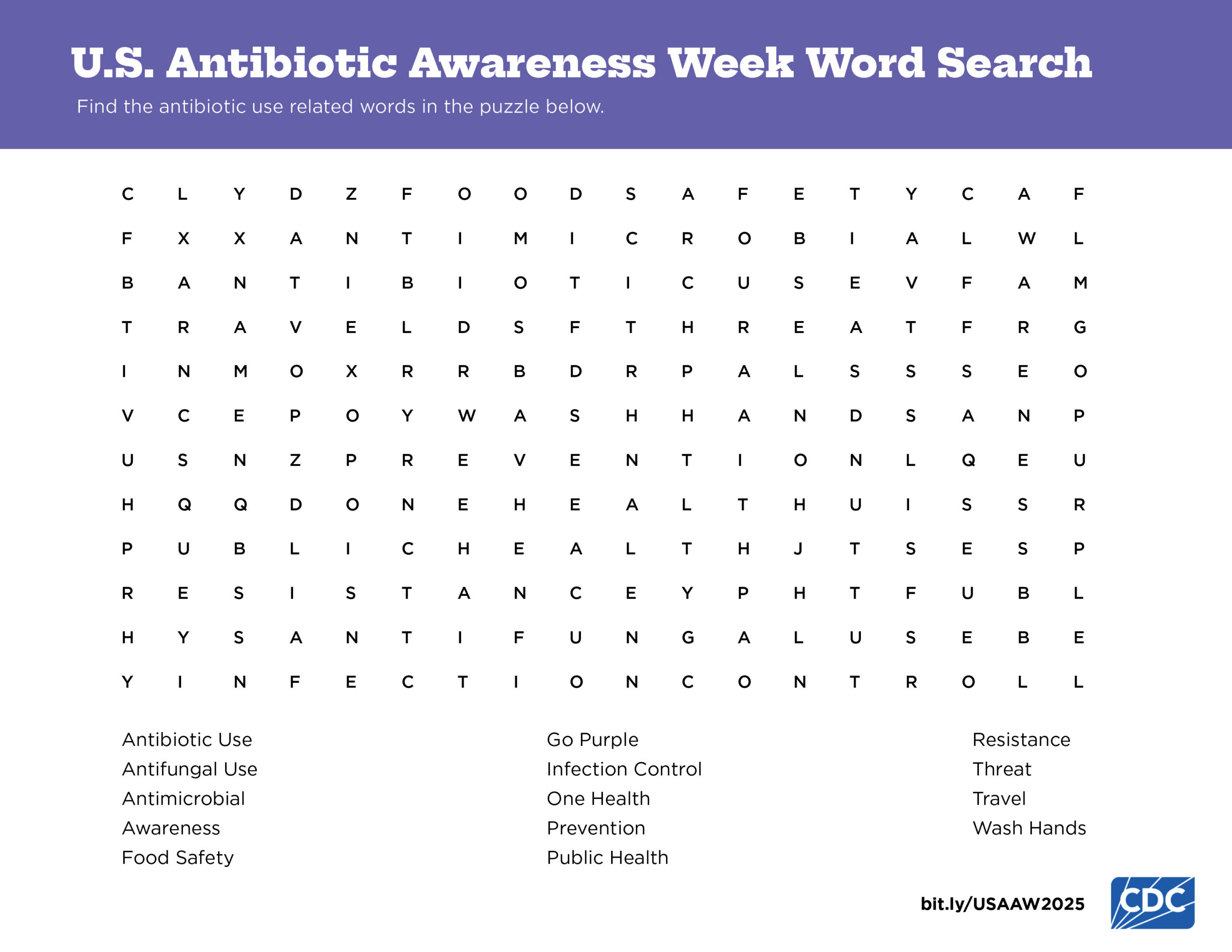
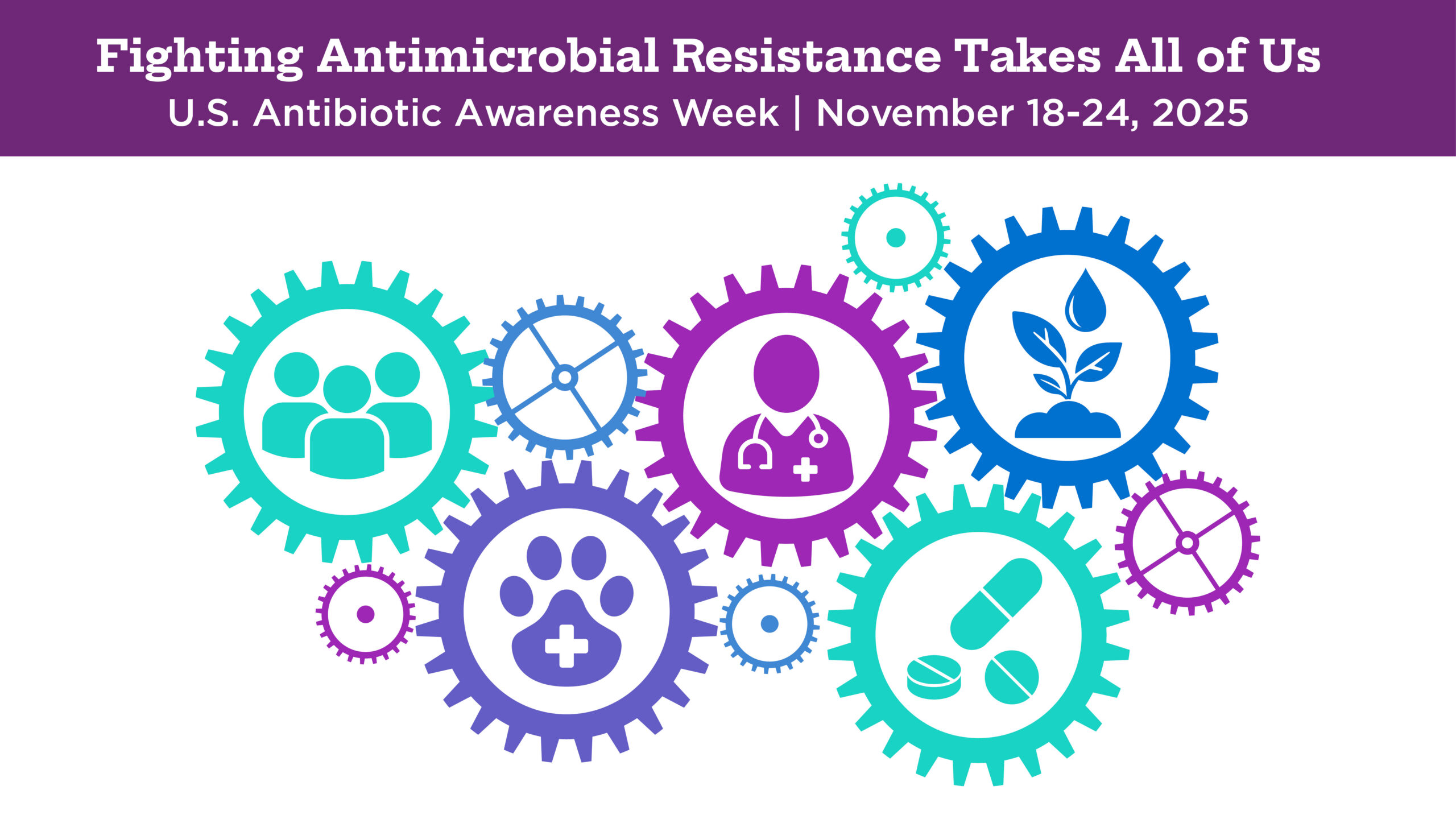
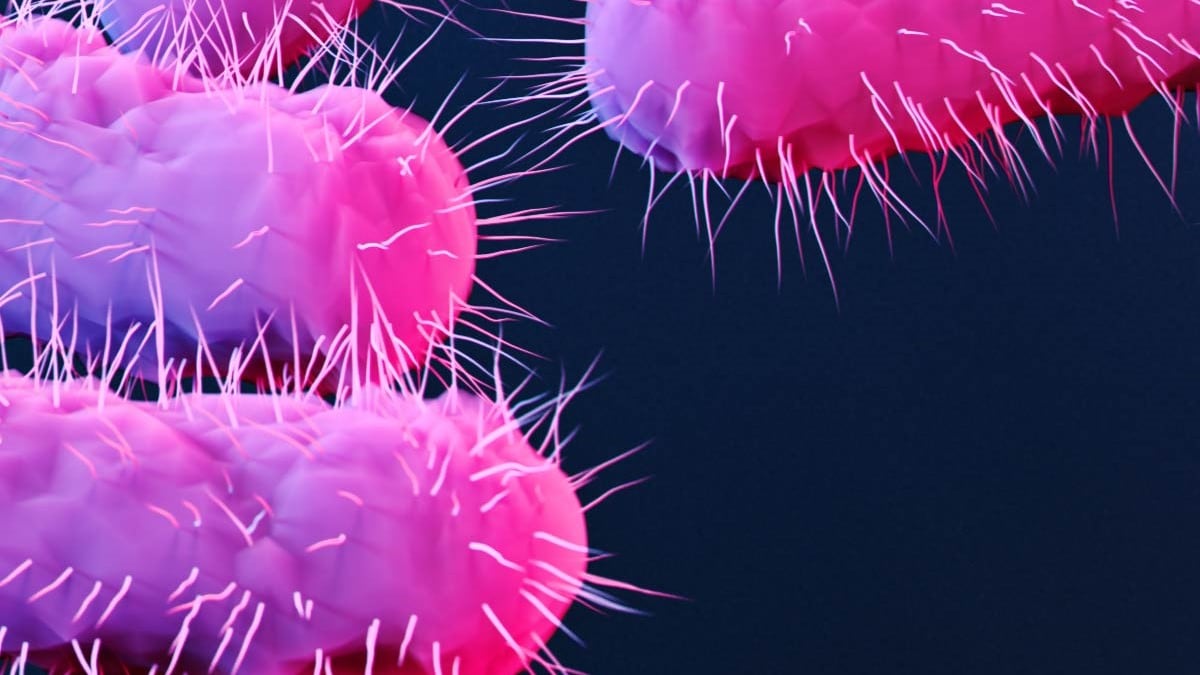
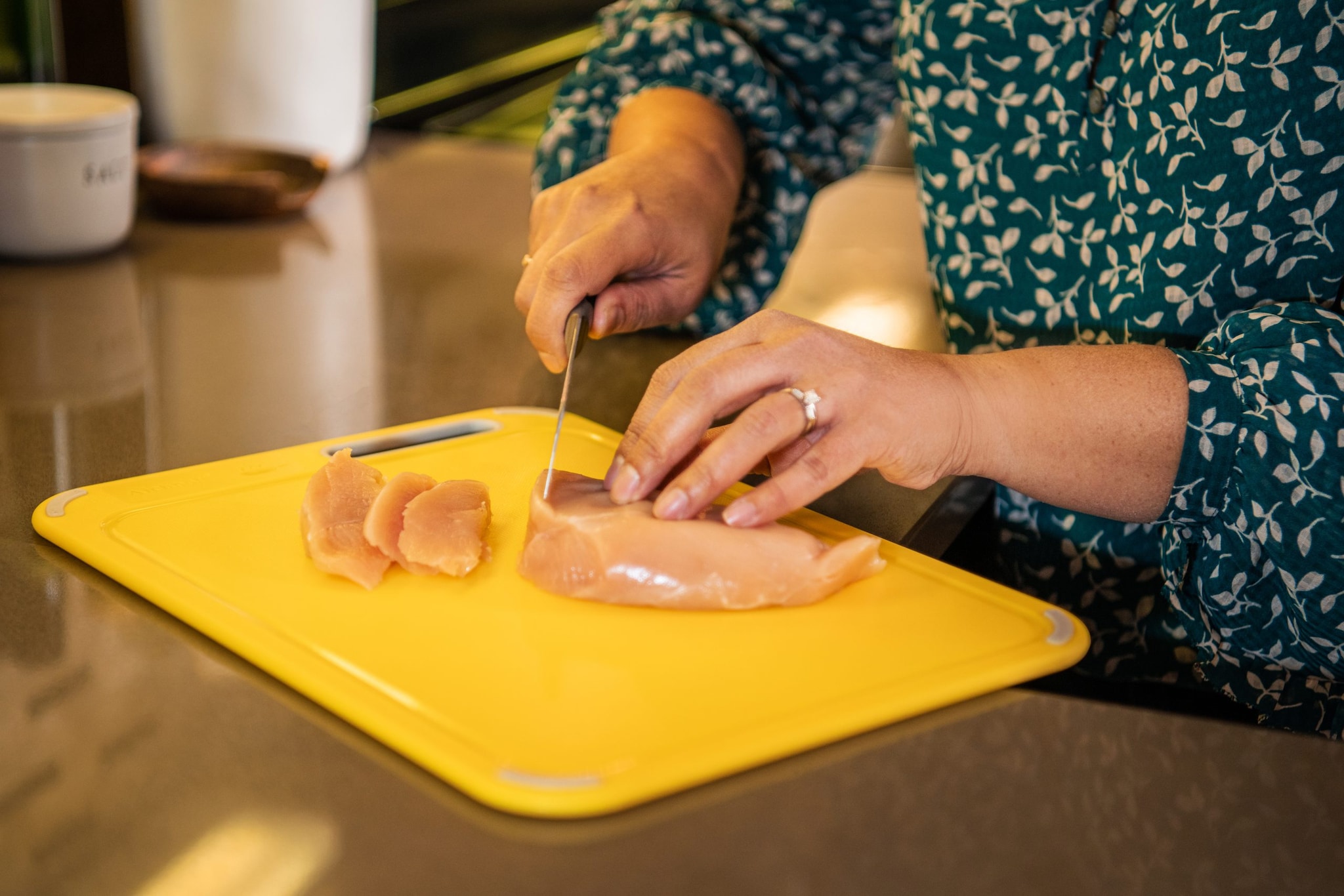
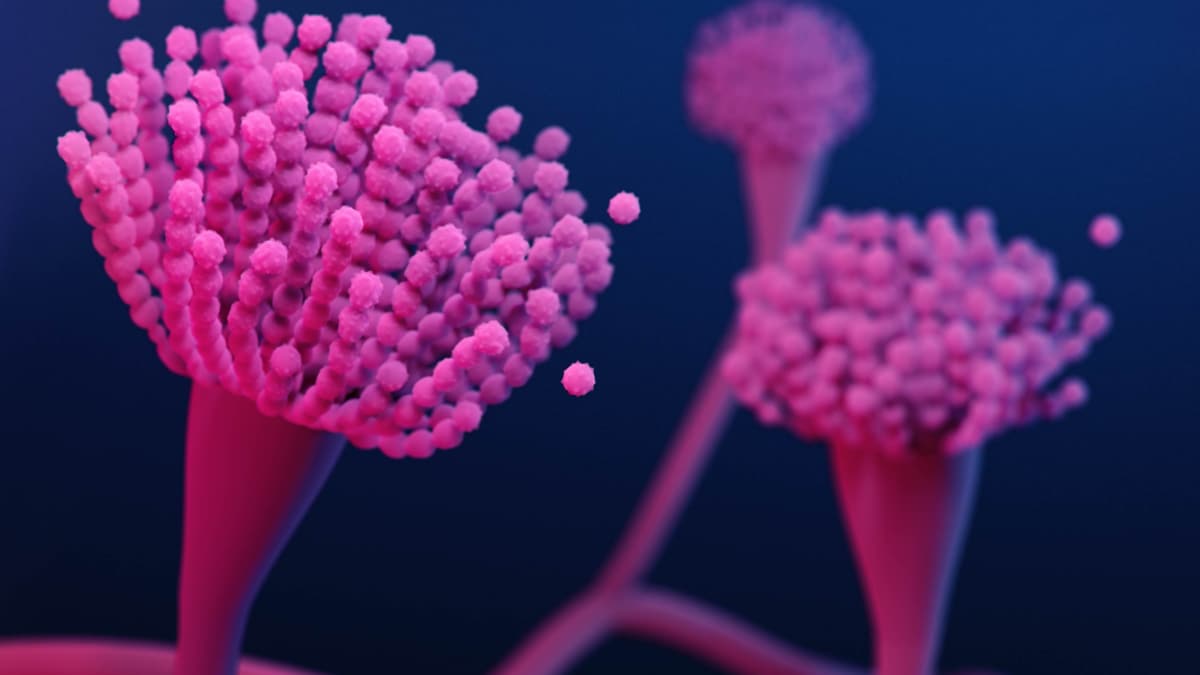
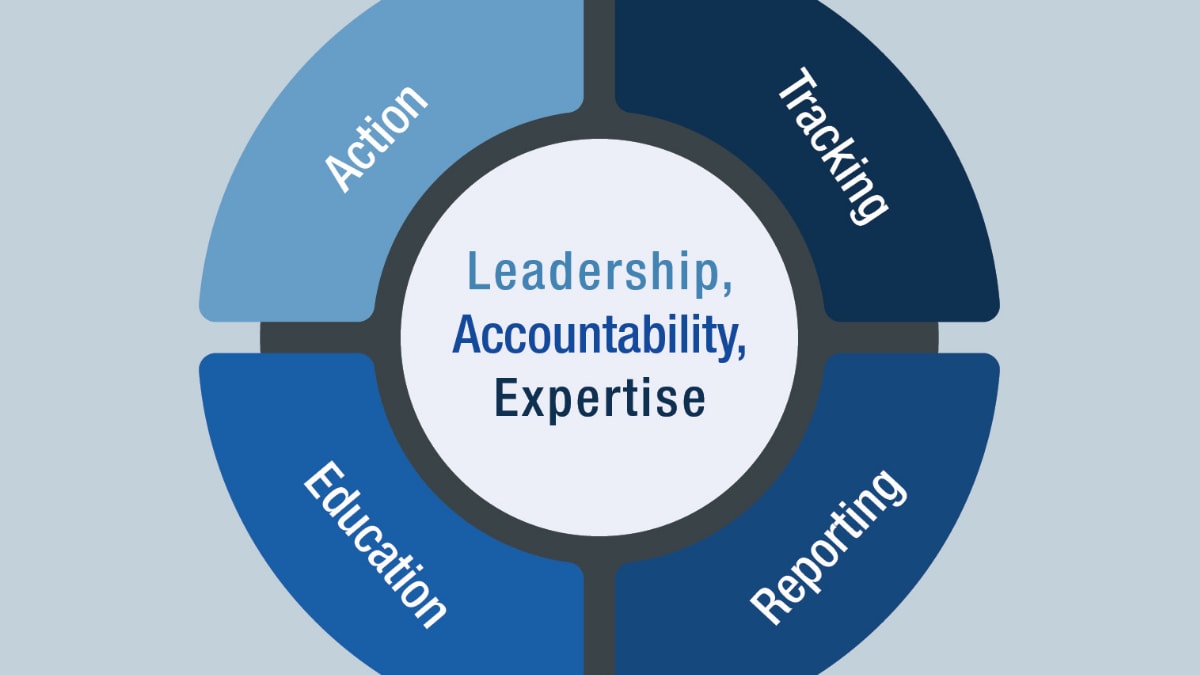

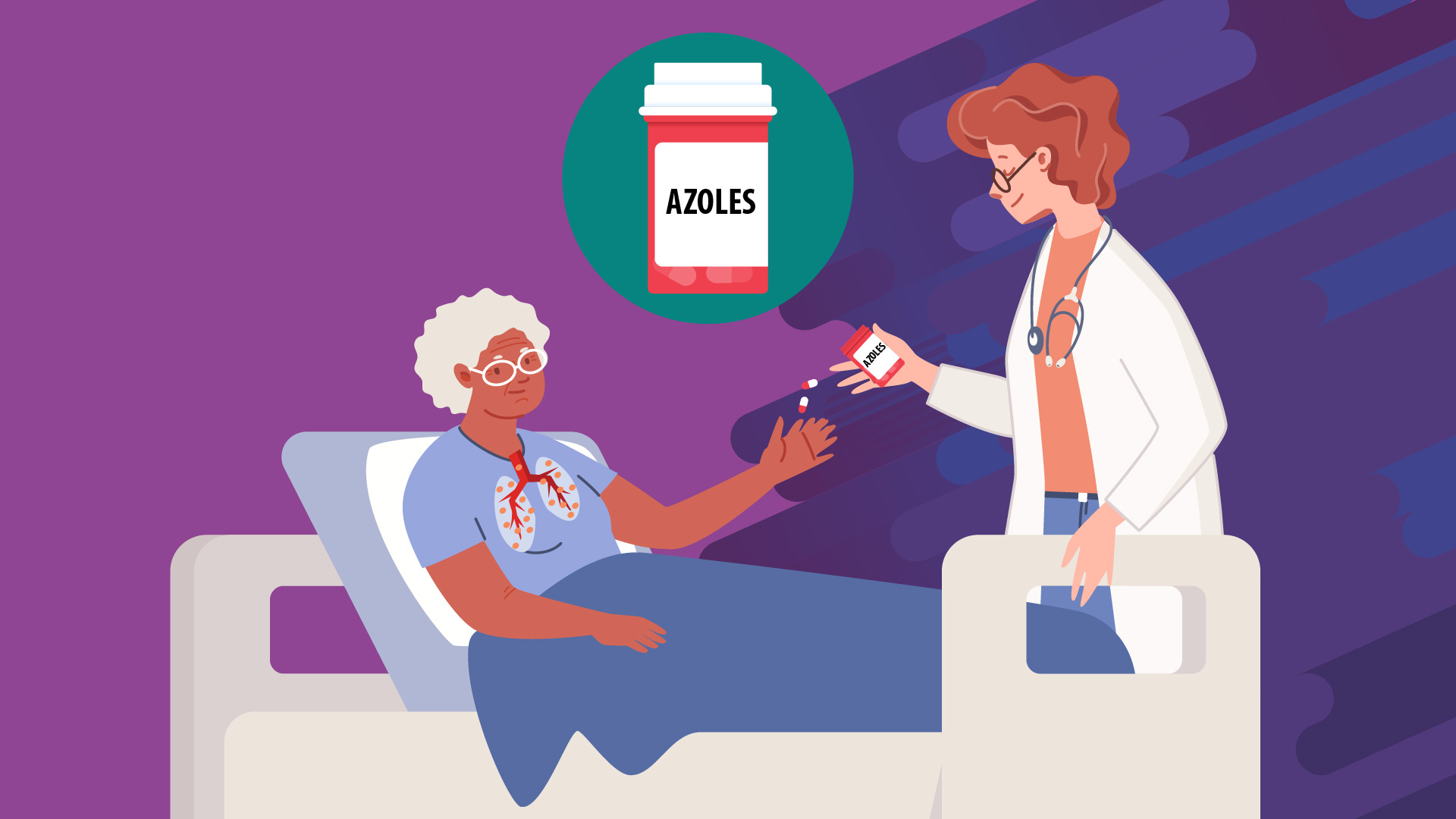




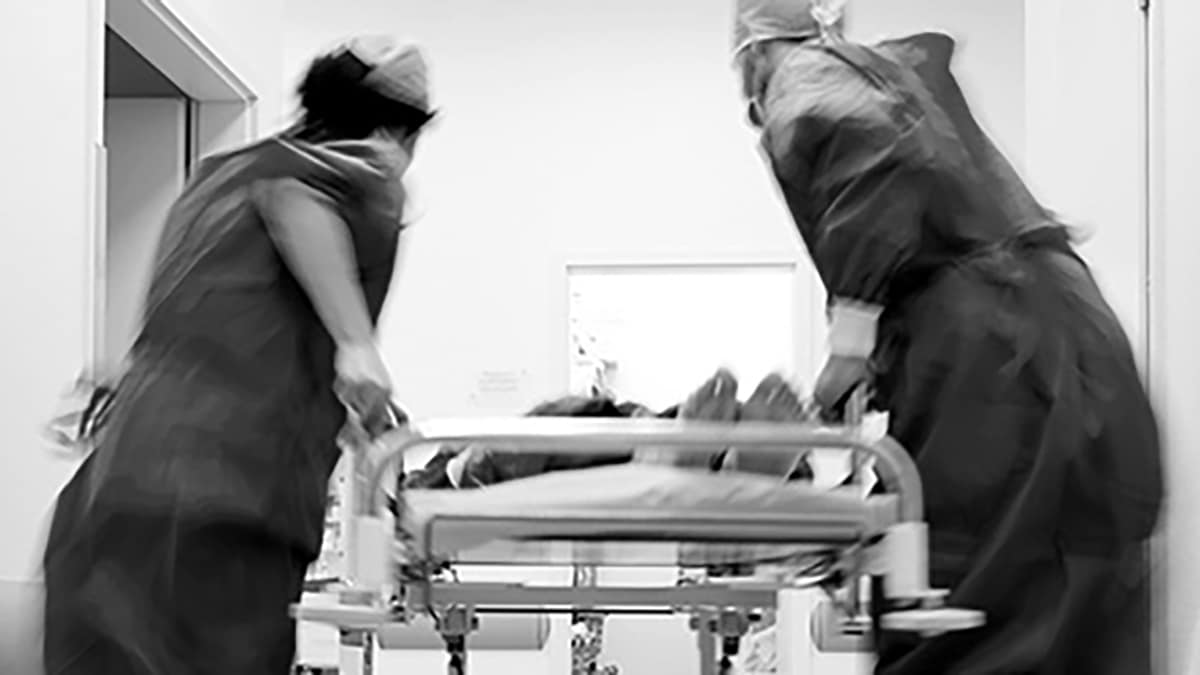
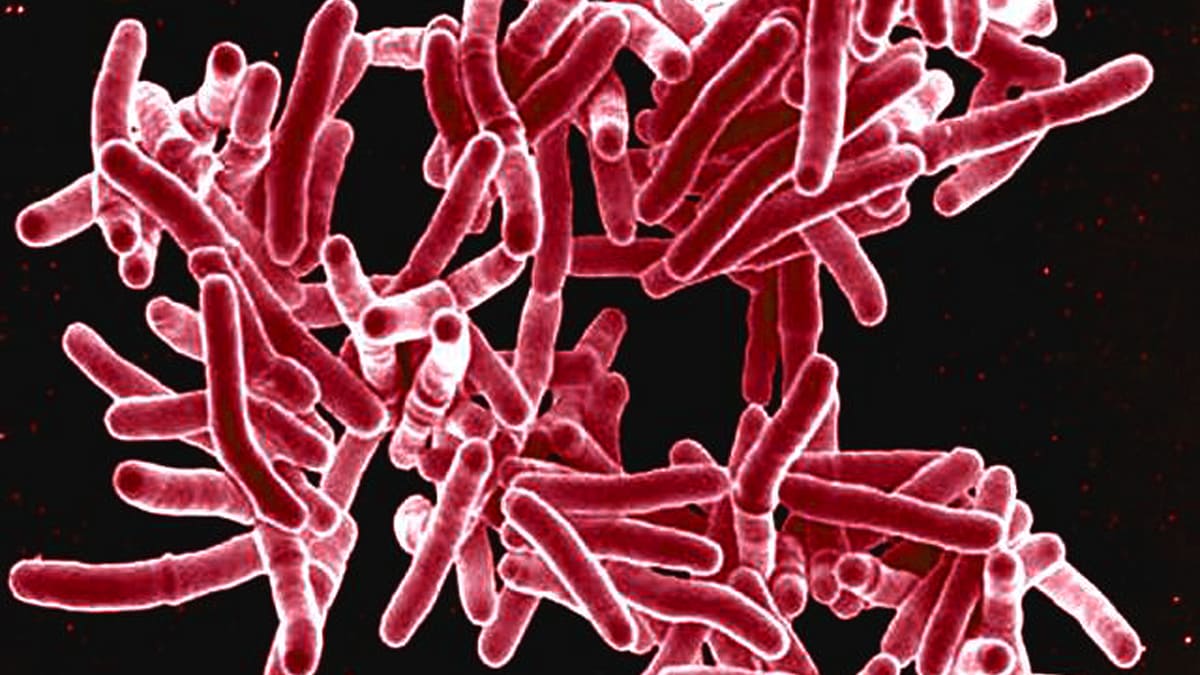

![[thumbnail] (hidden)](/antimicrobial-resistance/media/images/2025-USAAW-Partner-Call-Slides-thumb.jpg)